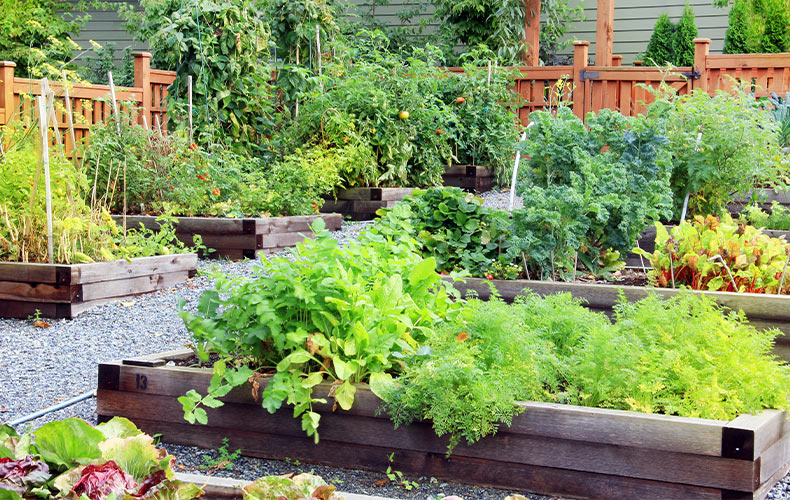We use cookies to make your experience better. To comply with the new e-Privacy directive, we need to ask for your consent to set the cookies. Learn more.
How to Make Your Own Vegetable Garden: A Step-by-Step Guide
Creating your own vegetable garden is a great way to grow fresh produce, save money, and spend more time outdoors. With the right materials and a bit of planning, it’s easier than you might think. Here’s a straightforward guide to get started.

1. Choose the Right Location
Pick a spot that gets at least 6–8 hours of sunlight a day. Vegetables need plenty of light to grow strong and healthy. You’ll also want access to a water source and good drainage to avoid waterlogging your beds.
2. Plan Your Layout
Think about how you'll move around the garden. Adding gravel paths between raised beds not only makes the space more practical, but also adds a clean, organised look. Use self-binding gravel if you want a more natural, compact finish that’s easy to walk on and low maintenance.
3. Build Raised Beds
Raised beds help improve drainage, reduce soil compaction, and make planting easier. You can use timber sleepers or treated wooden boards to build them. Aim for a bed depth of at least 30cm to allow roots room to grow.
Tip: Before adding soil, lay a geotextile membrane under the raised beds. This helps stop weeds and protects the timber from moisture, extending the life of the wood.
4. Add Quality Topsoil
Good soil is the foundation of any productive garden. Fill your beds with high-quality blended topsoil, rich in nutrients and organic matter. This ensures healthy plant growth and better yields. Avoid using subsoil or builder’s fill, as these often lack the nutrients vegetables need.
5. Select What to Grow
Start with easy-to-grow vegetables like lettuce, radishes, carrots, and herbs. Think about what you and your family eat regularly, and stagger planting times for a continuous harvest.
6. Mulch and Maintain
Use mulch to keep moisture in the soil and suppress weeds. Water regularly, especially in dry spells, and check for signs of pests or disease. Regular weeding and feeding will keep your garden productive throughout the season.
Final Thoughts
A well-planned vegetable garden can look great and work hard. With raised beds, topsoil, gravel paths, and the right prep like geotextile membranes, you’ll have a functional and attractive space that can produce fresh vegetables for years to come. Shop any of your decorative or topsoil and mulch needs online today at Mainland Aggregates.
